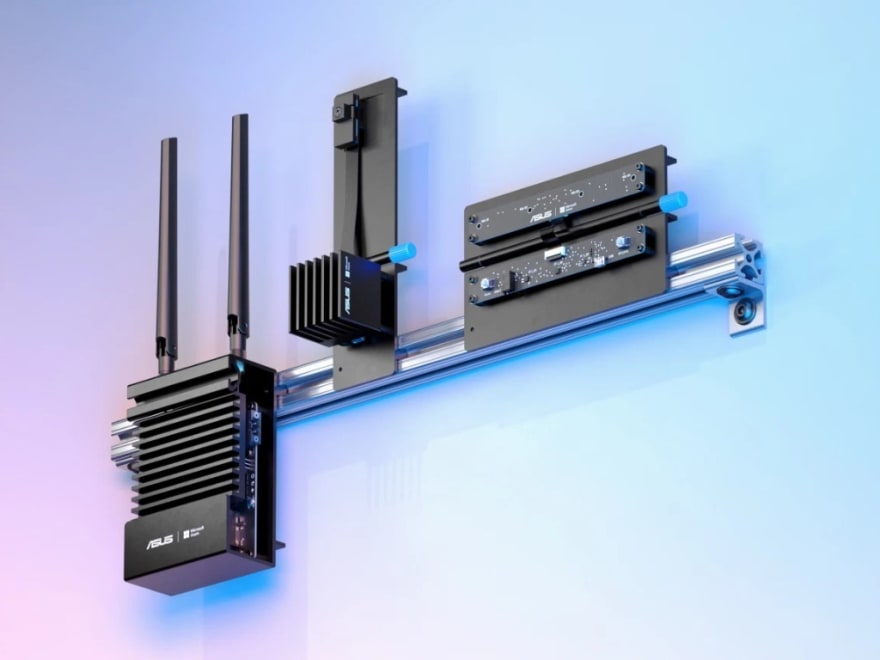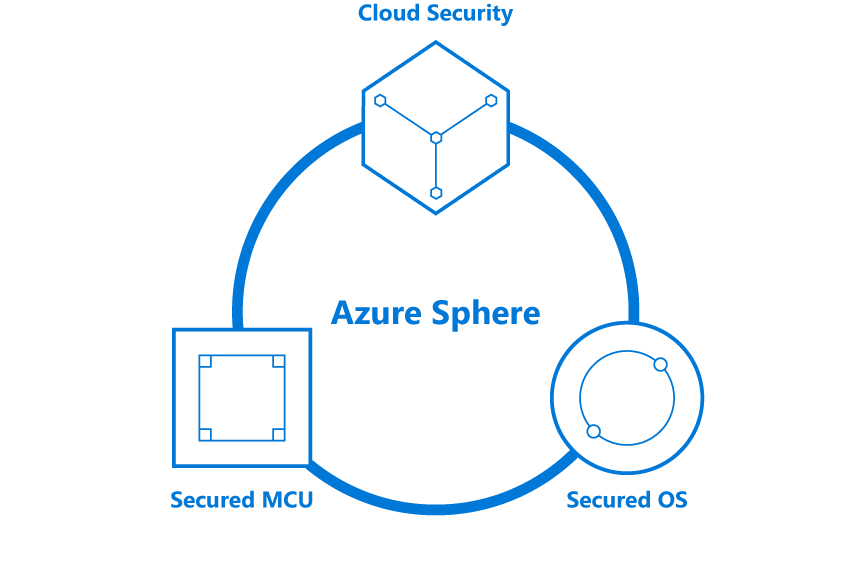
IoT Devices and sensors are constantly generating data and in some scenarios this data needs to be analyzed, processed and the results acted upon in a tiny amount of time. For example for safety and reliability an IoT device deployed in an oil rig needs to perform Realtime analysis on the parameters from the sensors on the edge to safeguard against potential disaster. This is just but one of the many application of edge computing.
This post covers some of the IoT Edge Offerings on Azure and how you can leverage them.
Edge Computing and Why It matters
Edge computing allows for operation continuity despite intermittent cloud connections and network disruptions by placing compute resources closer to data sources to reduce network latency, bandwidth limitations and usage associated with cloud computing.
This allows industries that leverage machine learning and Artificial intelligence to build real time control systems to improve efficiencies and reduce cost since raw data is processed and analyzed at the periphery of the network close to the data generation sources and only the results and actionable answers are sent to the cloud.
Now that we understand what edge computing really is, why should you care to consider edge computing in your solution development?
- In scenarios where the workload consists of real time computations & analytics edge solutions will always outperform cloud computing solutions since they deliver a fast & smooth performance
- In scenarios where privacy is a concern, processing data at the edge creates less complication since privacy-sensitive data does not leave your local network.
- Edge computing is the most preferred solution when deploying solutions in environments without a good internet reliability, e.g., when deploying an AI powered camera trap that identifies animal species in the wild where internet connectivity varies it would be much more appropriate to perform the image processing on the edge instead of streaming these images to the cloud for processing
Edge computing doesn't necessarily alleviate the need for cloud computing since some of the data is synchronized with the remote servers on the cloud.
Edge Computing with Azure
Microsoft Azure has different edge computing offerings a few of which are:
1. Azure IoT Edge
Azure IoT Edge allows you to easily manage and deploy IoT Solutions that integrate cloud services with edge devices. It presents you with the capability to run workloads (e.g., AI Applications) developed using cloud services on the edge device via docker compatible containers.
Why you'll need to have an in depth look at Azure IoT Edge:
- Bring your own dev environment and skillset; IoT Edge code is consistent across the cloud and the edge, it supports Windows and Linux operating systems and languages such as C, C#, Java, Node.js, and Python.
- The IoT Edge Runtime is an opensource project on GitHub allowing you to gain more control over you edge applications.
- Secure and reliable operation of your devices with low latency even in instances with intermittent cloud connectivity or when the devices happen to be offline.
- Remote management and deployment of workloads from the cloud to the device through Azure IoT Hub
Resources:
- Introduction to Azure IoT Edge - Learn | Microsoft Docs
- IoT Edge | Microsoft Azure
- Buy IoT Devices & IoT Hardware | Azure Certified Device Catalog
2. Azure Percept
Azure Percept is a hardware, software and services platform that enables you to create secure AI Edge applications. This end-to-end low code platform comprises of:
- A hardware component, The Azure Percept Development Kit
- A software component, The Azure Percept studio
The Azure Percept Devkit provides the prototyping platform to Run AI workloads at the edge with built-in hardware acceleration. It is integrated with Azure AI, Azure Machine Learning, and Azure IoT management services. This Devkit is also an Azure IoT Edge-enabled device.
The Azure Percept studio on the other hand, allows you to build AI Edge models and solutions. It easily integrates to Azure AI and IoT Services e.g., IoT Hub, Custom vision, Azure ML etc.
Resources:
- Azure Percept documentation | Microsoft Docs
- Discover the possibilities with Azure Percept (microsoft.com)
3. Azure Sphere
Azure spere provides a secure end to end platform for devices from the silicon to the cloud. This is achieved through a secured Microcontroller unit (MCU), a secure OS and a cloud security service. This enables the creation of secured, internet-connected devices that can be updated, controlled, monitored, and maintained remotely.
Azure Sphere is good edge solution for the following reasons:
- It provides enhanced security and minimizes security risks due to spoofing, rogue software, or denial of service attacks, among others.
- Supports a wide range of connectivity including wireless connectivity, ethernet connectivity, Bluetooth low energy (BLE) connectivity and cellular connectivity.
- Support over the air updates making it easy to add new features and improve performance throughout the devices' lifecycle.
Resources:
Conclusion
With increasing need to perform computations on the edge, Azure offers a wide range of solutions we can leverage for different applications. Do you have any questions regarding Azure IoT on the edge drop them on the comments below.




Top comments (0)